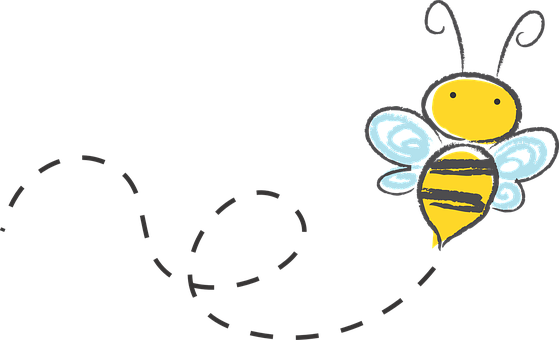Wednesday, April 6th
Hi Division 8!
I love how many of you shared so many of your tips yesterday! I know we can learn so much from each other! Check out the stress balls that John made for himself yesterday:

 For today I’d like you to go on a Nature Walk as a ‘Scientist.’ Now a scientist is
For today I’d like you to go on a Nature Walk as a ‘Scientist.’ Now a scientist is  someone who is curious and asks lots of questions about the world around them. They search for questions and then think about all the possible answers to their questions. Take a pencil and paper with you and sketch
someone who is curious and asks lots of questions about the world around them. They search for questions and then think about all the possible answers to their questions. Take a pencil and paper with you and sketch the things that interest you!
the things that interest you!
As you walk around your neighbourhood or forest, I want you to think of 3 Wonder Questions about the nature around you. Please write your questions in the comments section below!
For example, on my walk yesterday I asked:
- Why do butterflies have so many different colours on their wings?
- Why do clouds look like different things?
- Why are there so many ants under a log?
I would like you to pick one question and research it on the computer – Can you find the answer to one of your  questions? If you can please add that in the comments below too!
questions? If you can please add that in the comments below too!
Enjoy your walk and happy wonderings! In case you would like to explore some more wonders, I’ve left the link to Wonderopolis under the links column!
Love,
Ms. Binng

Why do clouds flout?
Because water and ice in the cloud enffects gravity.
🙂
。。。
Cool
Wooooooooooooooooooowww!!!
coooooooooollllllllllllll
How do birds fly?
because they have light bones, strong legs and special shaped wings
Why Is the Sky Blue?
The Earth’s atmosphere is filled with gas molecules. As white light from the Sun passes through the atmosphere, colors with longer wavelengths, such as red, orange and yellow, pass through. Blue and violet wavelengths, on the other hand, are absorbed by the gas molecules and scattered across the sky. Our eye sees these reflected wavelengths as blue.
Why do bees pollinate flowers?
Flowers provide bees with nectar and pollen, which worker bees collect to feed their entire colonies. Bees provide flowers with the means to reproduce, by spreading pollen from flower to flower in a process called pollination. Without pollination, plants cannot create seeds.
how do clouds move
because the wind push the cloud.
Where does wind come from
It starts with the sun heating the earth hot air raises and the cold air falls and move in
yep
Love it
how does flowers grow so fast?
because you put water on it and they protected it
Why is there a crack on the ground?
The root is growing.
Why is shadow short sometimes?
When the sun appears low in the sky, your shadow can be huge. Shadow is shortest at noon. at noon, the sun is directly overhead.
How is sand made?
Sand forms when rocks break down from weathering and eroding over thousands and even millions of years.
Why do moss exist?
Because they grow in places with no light and damp like florest
My question is, why are clouds white?
Because sunlight scatters millions of large water droplets. Light from the sun is white.
Why is the sky orange at sunset?
Because the sun is low on the horizon, sunlight passes through more air at sunset and sunrise than during the day, when the sun is higher in the sky. More atmosphere means more molecules to scatter the violet and blue light away from your eyes. … This is why sunsets are often yellow, orange, and red.
It works again see ms. Binng it work’s again
Yaaaaay!!!! I’m so happy to see! Remember to do this everyday 🙂
Where do birds live?
Birds live on big trees, mountains and forest mostly near to the water
Why is the sky blue?
Why is the grass green?
Why do birds fly?
Why is the sky blue
Because blue light is scattered more that other colours
Why is grass green
Because has a pigment called chlorophyll which absorbs blue and red light but absorbs more green light
Why do birds fly
Birds wings have strong muscle attached to them witch help them flap there wings